Cannabinoid CBD Dominant
THC 7 - 15%
CBD 15 - 15.16%
Effect Uplifted
Side Effect Dizzy
Flavor Lemon
All About Catatonic Strain Weed Strain
THC
CBD
Potency
Catatonic strain is a unique CBD dominant strain. It has earned this reputation among medical cannabis, with an average CBD content of 15%. The THC level of Catatonic cannabis is pretty low, ranging from 7% to 15%. We can conclude that this strain is more suitable for beginners than for experienced smokers.
Catatonic kush combines limonene, linalool and caryophyllene terpenes.
Strain Major Flavors
Smokers can inhale the classic pine odor thanks to the mix of all three terpenes. However, the taste of this variety is not old-school. Caryophyllene makes it sweet, and on exhalation, stoners note the pleasant citrus and lemon notes provided by linalool and caryophyllene, respectively.
Catatonic Main Effects
Since Catatonic cannabis has excellent medicinal properties, it primarily provides tokers with pain relief. Consumers can smoke it any time because it doesn't have a strong high. That is, smokers can stick to the day plan they originally mapped, and Catatonic strain helps them do that. In addition, the Catatonic weed helps concentrate because it doesn't provide a head high.
Strain Common Usage
Catatonic kush is helpful for people with conditions such as:
- Depression
- Migraine
- ADHD / ADD
- Inflammation
- Arthritis
- Anxiety
Strain Main Side Effects
Smokers sometimes report side effects. Potential side effects include:
- Dizziness
- Tingle
- Thirst and dry mouth
- Dry eyes
- Hunger
- Concern
- Low blood pressure
- Insomnia
- Paranoia
- Drowsiness
Info for Growers
According to experienced growers, Catatonic cannabis has a moderate difficulty level in cultivation. You can enjoy its buds with dark green nugs and fine amber hairs if you do well.
This photoperiod plant can be grown indoors and outdoors. It will have an average height of 30-60 inches in both cases. Catatonic strain pleases with its harvest. If the grower chooses to grow indoors, they will receive approximately 400 g / m². Yield outdoor yields around 400 g / plant.
Catatonic flowering time is relatively short. You only have to wait 53-61 days. Growers advise harvesting on the 61st day.
Side Effects
Simply let us know how this strain tastes or write a detailed review.
Catatonic Strain Cannabinoids
| THC | Tetrahydrocannabinol, or THC, is a major cannabis chemical compound. It is a psychoactive element that stimulates dopamine release and induces euphoria or happiness. THC-rich strains may be helpful with such conditions as lack of appetite, chronic pains , etc. It is considered to be the primary active marijuana component. | 7 - 15% |
| CBD | Cannabidiol, or CBD, is a major compound in cannabis, which is non-psychoactive. It is also proved to counteract the side effects of the second major component THC. CBD is widely used for medicinal purposes in rubs, oils and so on. It is helpful in muscle pain cases, may treat arthritis and migraines. Even Greeks used it against pain, while Queen Victoria applied it to get rid of menstrual cramps. | 15 - 15.16% |
| CBC | Cannabichromene, or CBC, is a minor cannabinoid, meaning that its quantity in cannabis is quite little. Though it has the same origin as CBD and THC, it is different in functions. Without any psychoactive effects, it is an efficient cannabis compound in combating acne and depression. CBC produces analgesic, antibacterial and anti-inflammatory effects. | 0.26 - 0.31% |
| CBG | Cannabigerol, or CBG, is one of the minor cannabis compounds in adult plants. On the other hand, young ones contain a lot of this antibacterial and anti-inflammatory component. During the growth, CBG is converted into different cannabinoids, mostly THC and CBD. The compound itself increases appetite and decreases eye pressure. | 0.02 - 0.17% |
| CBN | Cannabinol, or CBN, is a trace element in cannabis that is considered to be mildly psychoactive. It appears from oxidation THC, exposed to light and heat. CBN is mostly contained in old cannabis and in traditional hashish. It is effective against insomnia, bacterial infections and appetite loss. | 0.01 - 0.03% |
| THCV | Tetrahydrocannabivarin, or THC-V, is a compound contained in cannabis in trace amounts. Even though it is close to THC molecularly, it is different in effects. This compound may be psychoactive only in large amounts. THC-V reduces blood sugar, controls appetite, stimulates bone growth, etc. African Sativa strains are the richest in THC-V. | 0.25 - 0.34% |
Catatonic Terpene Profile
| Pinene | Pinene is one of the most widespread terpenes in nature, found in pine trees, basil, nutmeg, parsley, and rosemary. Cannabis containing terpene (alpha-pinene or α-pinene) boasts a strong pine scent. Pinene is responsible for anti-inflammatory, pain-relieving, and anti-anxiety effects. | 0.09% |
| Limonene | Limonene (also known as d-limonene) is the second most common terpene in nature and the third most common terpene in cannabis. It has a powerful citrus aroma and can be found in all citruses, including lemons, oranges, grapefruits, limes, juniper, etc. Limonene is known to elevate moods and provide anxiety, depression, and stress relief. | 0.21% |
| Linalool | Linalool (also known as beta linalool, linalyl alcohol, linaloyl oxide, and p-linalool) is one of the rarest terpenes found in cannabis, mostly in small quantities. Linalool is known for its spicy and lavender aroma, bringing relaxation and calming effects. It is also said to provide anti-inflammatory and analgesic properties that can be useful for athletes. | 0.3% |
| Valencene | Valencene is a terpene that got its name from Valencia oranges - a fruit where It's initially found. Valencene offers citrusy, sweet aromas, with flavors having notes of oranges, grapefruits, tangerines, and, occasionally, fresh herbs or freshly cut wood. Citrus aromas, frequently found in a wide variety of cannabis strains, are contributed to by valencene, which is known for anti-inflammatory and insect repelling properties. | 0.13% |
| Phellandrene | Phellandrene (also known as alpha- and beta-phellandrene) is one of the rare terpenes found in cannabis with antihyperalgesic and antidepressive properties. Phellandrene contributes to a minty, woody, and mildly citrus aroma in cannabis. Previously confused with limonene and pinene, phellandrene was eventually distinguished as a separate terpene common for eucalyptus. Also, it could be found in mint, dill, black pepper, cinnamon, parsley, pine, and lavender. | 0.13% |
| Caryophyllene | Caryophyllene (also known as beta or b caryophyllene) is a terpene found in many herbs and spices, such as black pepper, basil, rosemary, and oregano. Cannabis high in caryophyllene delivers a strong spicy, peppery aroma, resembling cinnamon and cloves. Caryophyllene offers potent anti-inflammatory and sedative effects. | 0.15% |
| Total terpenes content | 1.01% |
Growing Info
Similar Strains
THC 22.4 - 25%
CBD 0.62 - 0.9%
Effect Energetic
Flavor Spicyherbal
THC 18.5 - 25%
CBD 0.02 - 0.28%
Effect Sedated
Flavor Woody
THC 18.5 - 21%
CBD 0.59 - 0.8%
Effect Sleepy
Flavor Sweet
THC 18 - 21%
CBD 0.22 - 1.09%
Effect Tingly
Flavor Plum
THC 16.67 - 21.33%
CBD 0.44 - 0.84%
Effect Tingly
Flavor Spicyherbal
THC 20.33 - 22%
CBD 0.51 - 0.95%
Effect Uplifted
Flavor Sweet
THC 16.33 - 18.33%
CBD 0.62 - 0.77%
Effect Giggly
Flavor Spicyherbal
THC 20 - 20%
CBD 0.42 - 0.54%
Effect Creative
Flavor Pear
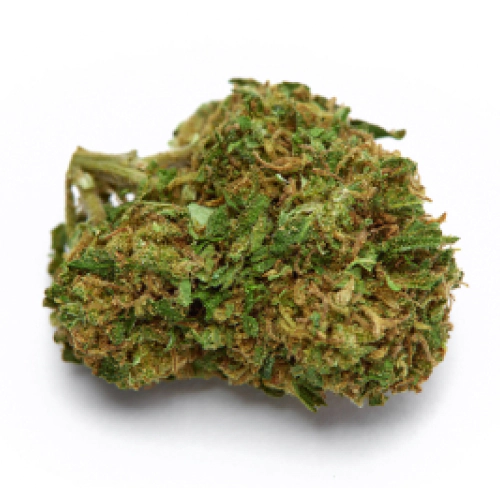
THC 17.25 - 20.75%
CBD 0.94 - 1.19%
Effect Relaxed
Flavor Sweet
THC 13 - 16%
CBD 0.28 - 0.4%
Effect Concentrated
Flavor Spicyherbal
THC 19 - 21%
CBD 0.46 - 0.66%
Effect Euphoric
Flavor Lemon
THC 19.5 - 23%
CBD 0.35 - 0.92%
Effect Happy
Flavor Spicyherbal
THC 19.75 - 21.75%
CBD 0.56 - 0.89%
Effect Relaxed
Flavor Citrus
THC 19 - 22.1%
CBD 0.28 - 0.64%
Effect Relaxed
Flavor Lemon
THC 20.33 - 23%
CBD 0.18 - 0.6%
Effect Happy
Flavor Woody
THC 19 - 23%
CBD 0.48 - 0.76%
Effect Euphoric
Flavor Spicyherbal
THC 24 - 24%
CBD 0.46 - 0.73%
Effect Uplifted
Flavor Lavender
THC 16 - 23%
CBD 0.4 - 1.47%
Effect Giggly
Flavor Orange


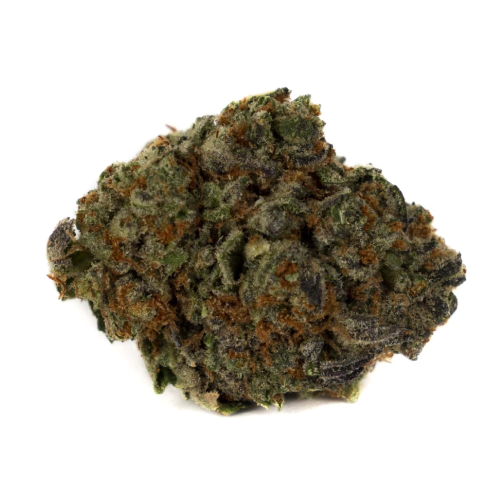
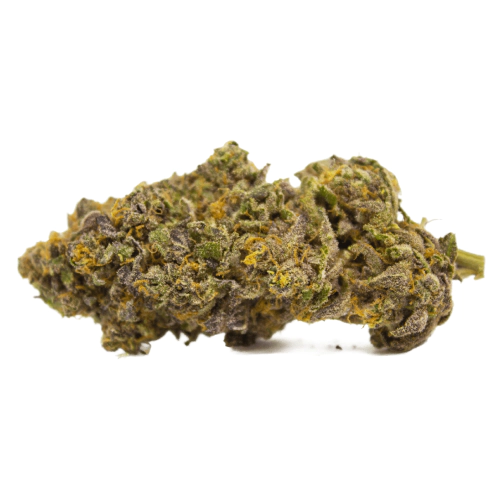
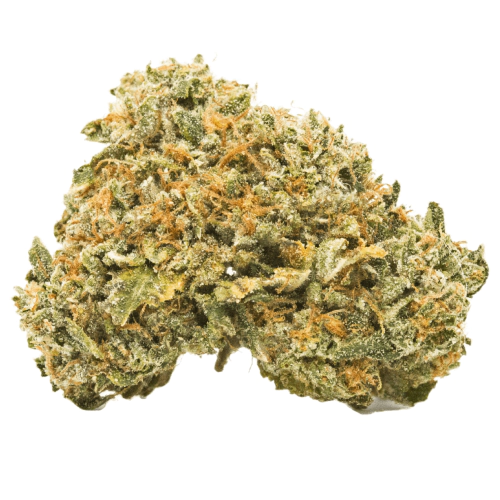
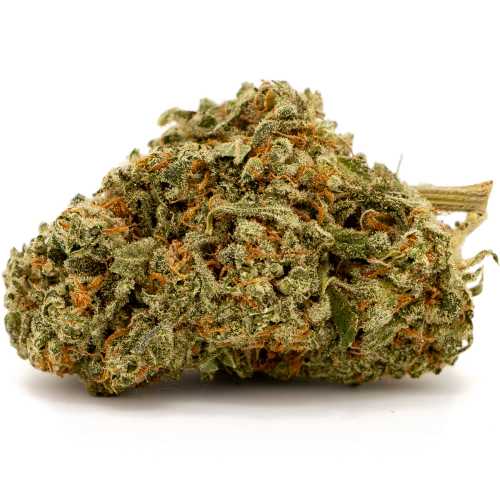

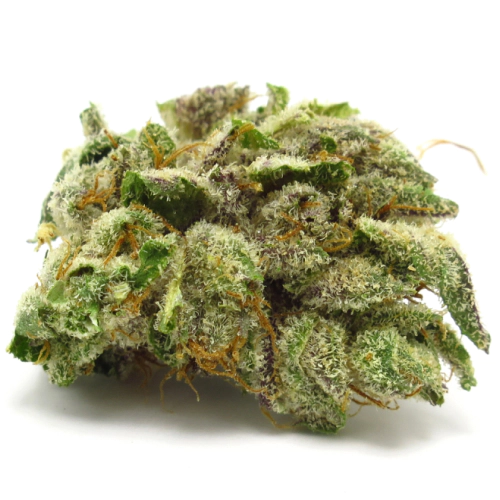
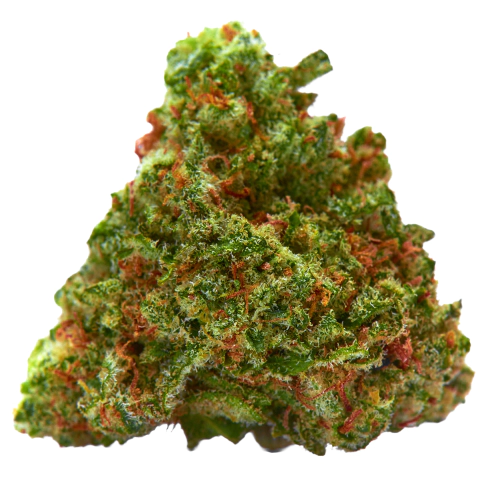
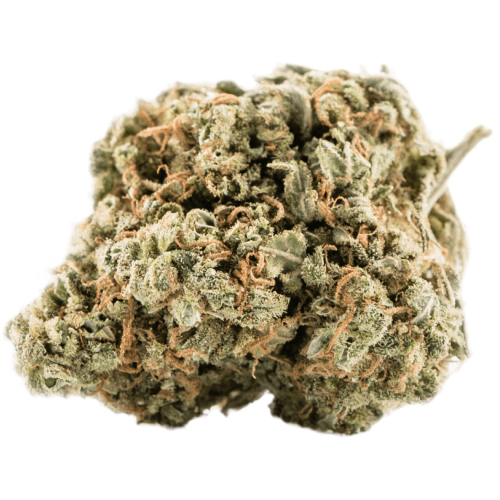
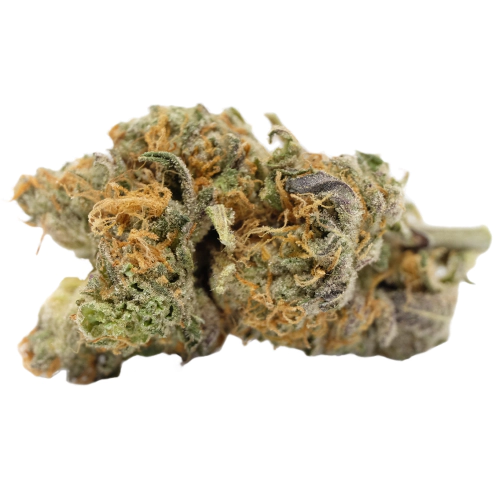
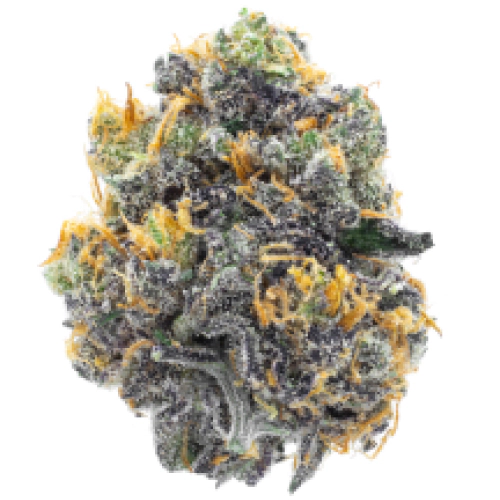
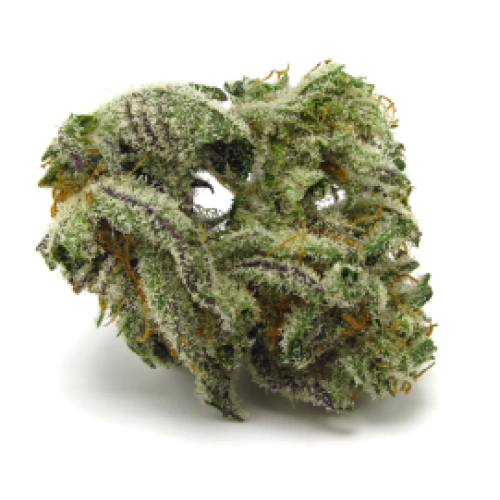

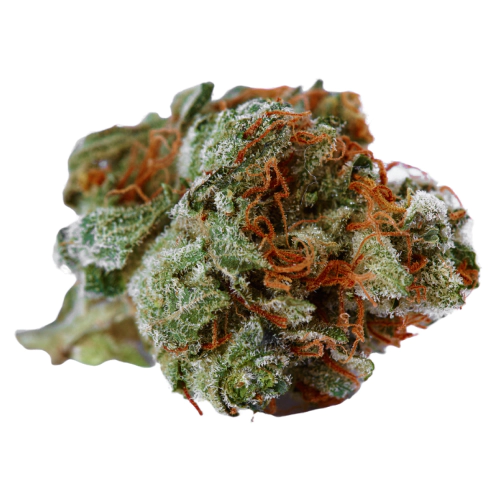
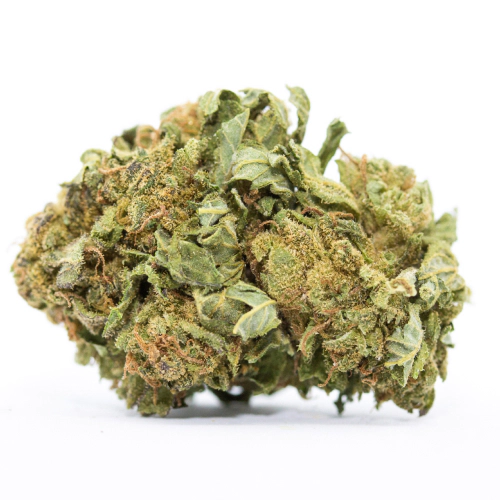
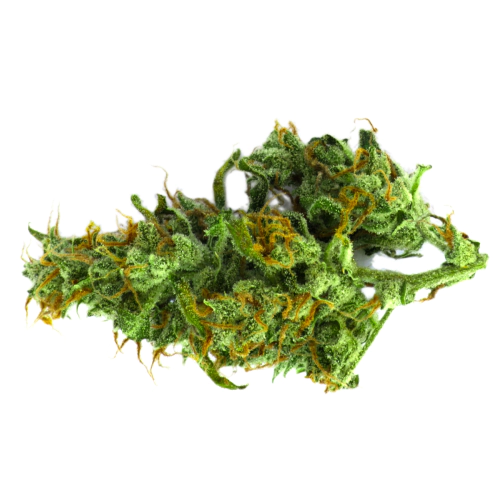
-1.webp)
Be the first and share your opinion
Write a Review